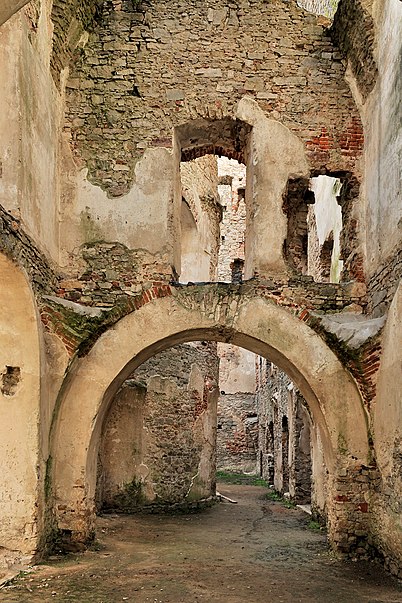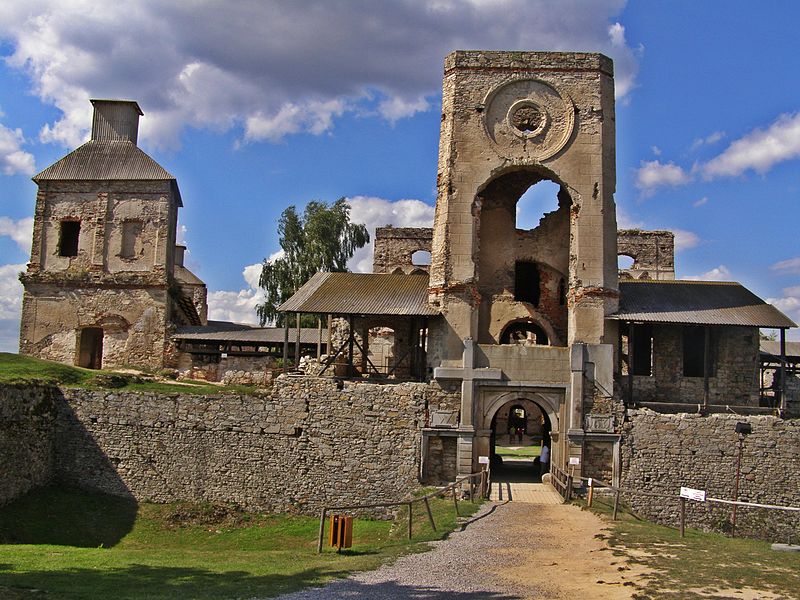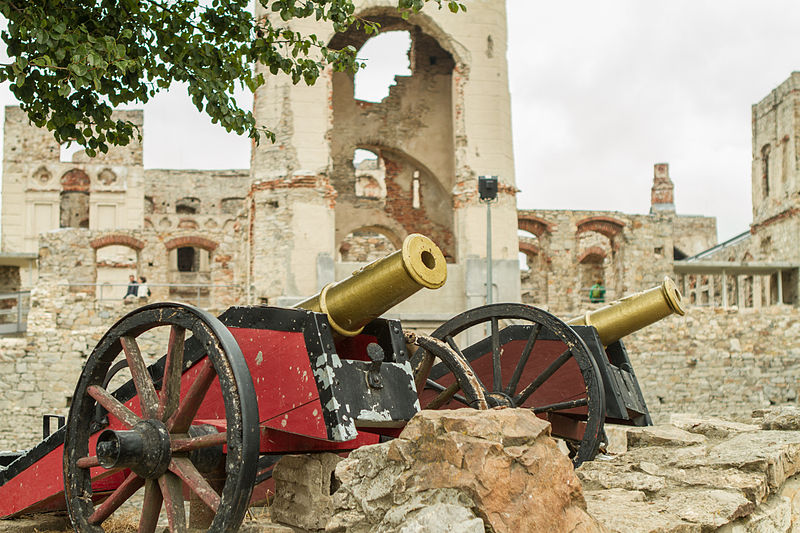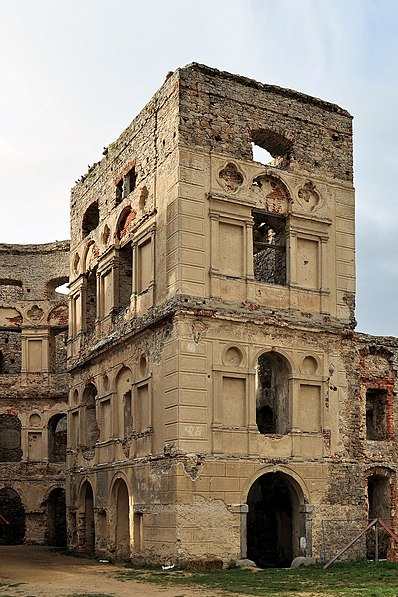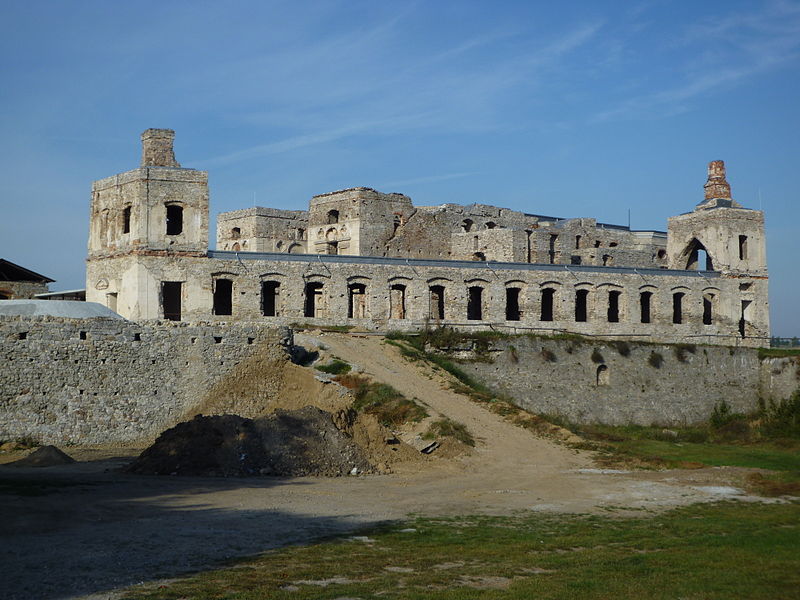Krzyżtopór
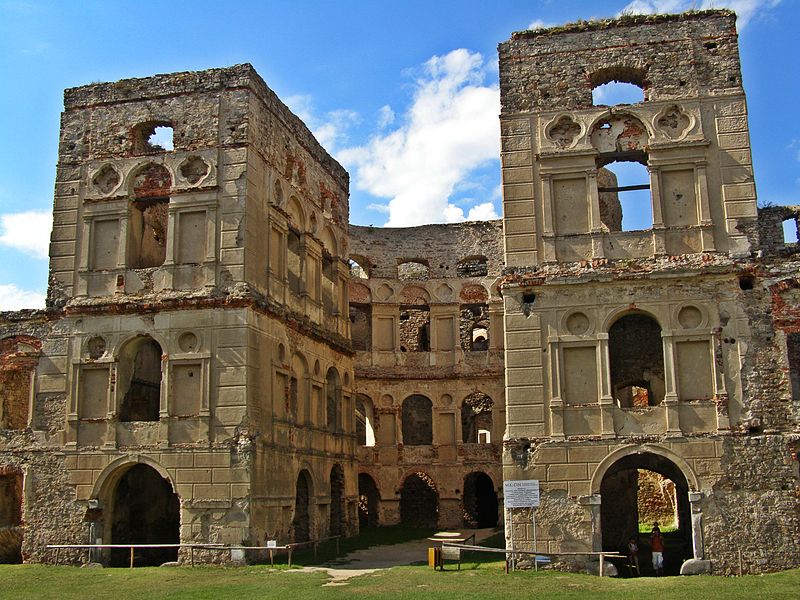
Facts and practical information
Krzyżtopór Castle in Poland is a majestic and enigmatic ruin that whispers tales of its former glory and the opulence of the 17th century. Constructed between 1627 and 1644, this fortress-palace was one of the largest buildings of its kind in Europe, reflecting the ambitious vision of its patron, the Polish nobleman Krzysztof Ossoliński.
The castle's name, Krzyżtopór, translates to "Cross Axe," which is emblematic of the Ossoliński family crest. Its design was rich in symbolism and extravagance, featuring a layout based on the calendar year – with four towers representing the seasons, 12 grand halls for the months, 52 rooms for the weeks, and 365 windows to mark each day. This meticulous alignment with the calendar showcased the intersection of architecture and astronomy at the time.
Krzyżtopór was not only a residence but also a stronghold, equipped with thick walls and a sophisticated system of bastions, making it a formidable defensive structure. However, its glory was short-lived. The castle was partially destroyed during the Swedish invasion in 1655, known as The Deluge, and it fell into further ruin over the subsequent centuries.
Today, Krzyżtopór stands as a poignant reminder of the past, attracting tourists and history enthusiasts alike. Visitors can explore its vast ruins, which still impress with their scale and hint at the grandeur that once was. The castle's remains are a testament to the ambition of the Polish nobility and the turbulent history that swept through the region.
Krzyżtopór – popular in the area (distance from the attraction)
Nearby attractions include: Kościół pw. Trójcy Świętej, Kościół pw. Świętego Jerzego, Kościół pw. Świętej Katarzyny Dziewicy i Męczennicy.


